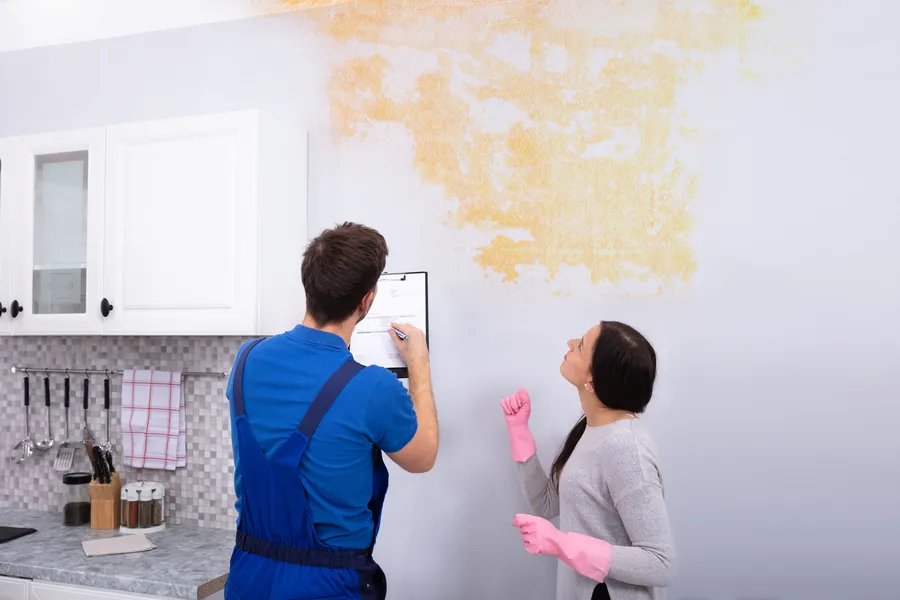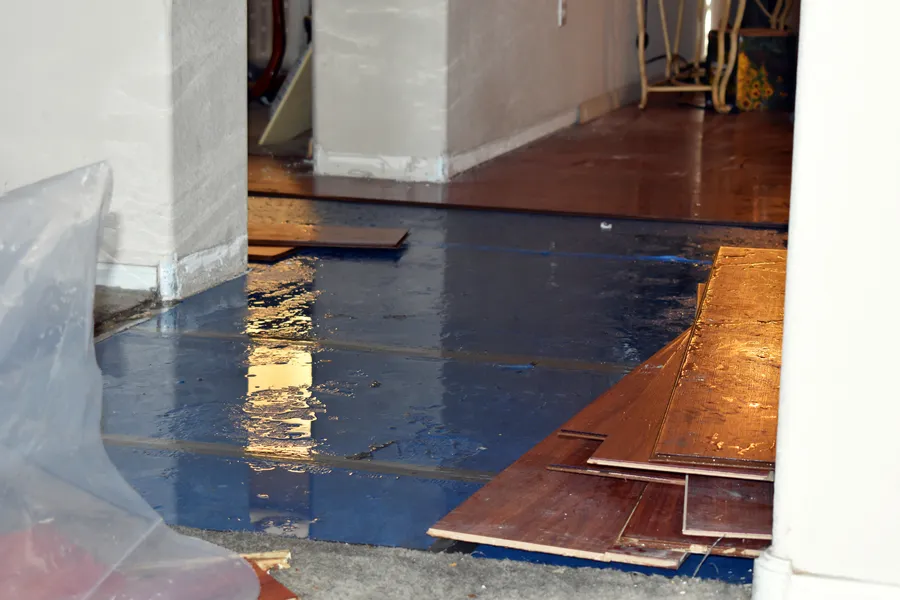Steps to Prevent Mold and Protect Your Property
Experiencing water damage can be a homeowner’s nightmare. When water invades your home, it doesn’t just disrupt your daily life; it also poses a significant risk for mold growth. This guide will help you understand effective strategies to minimize the risk of mold after such incidents. By taking prompt action, you can safeguard your health and maintain the integrity of your property.

The Importance of Quick Action
Time is critical when dealing with water damage. If water lingers, it creates a perfect environment for mold to grow within just 24-48 hours. To combat this, begin removing standing water immediately. Also, use fans and dehumidifiers to dry affected areas quickly. Remember, quick action can drastically reduce the chances of needing extensive flood damage restoration later.
Identifying Affected Areas
The first step in addressing water damage is identifying all impacted areas. Mold often grows in hidden spaces like under carpets or behind walls. Check basements, attics, and any other place where moisture might accumulate. Professional inspections may be necessary if hidden moisture is suspected, ensuring every corner is checked effectively. This thorough evaluation prevents missing spots that could lead to future issues requiring flood damage restoration.

Removing Wet Materials
Wet materials must be removed promptly to prevent mold growth. Items such as carpets, drywall, and insulation are particularly susceptible to retaining moisture. Dispose of these materials properly and replace them if they cannot be dried thoroughly within 48 hours. Removing these items reduces the number of surfaces on which mold can form, protecting your home from further damage.
Cleaning and Disinfecting Surfaces
Once water-damaged materials are removed, clean and disinfect all surfaces. Use mild detergents or special cleaning agents designed to kill mold spores. Pay attention to non-removable structures like walls and floors. Ensuring these areas are clean helps eliminate remaining mold spores, reducing health risks and contributing to a safer environment.
Monitoring Humidity Levels
Mold thrives in humid conditions, so it’s crucial to monitor humidity levels in your home consistently. Aim to keep relative humidity below 60%. You can achieve this by using dehumidifiers or air conditioners. Regularly check your HVAC systems to ensure they function correctly, as they play a significant role in controlling indoor humidity levels.
Regular Maintenance Practices
Preventative maintenance is essential to minimizing mold risks after water damage. Inspect your roof for leaks regularly and make sure gutters are clear to prevent water accumulation. Consider sealing basement walls if they’re prone to seepage. Consistent upkeep of these areas ensures less exposure to potential water damage events, making mold growth less likely.
- Ensure regular inspection of plumbing systems
- Check for leaks under sinks and around appliances
- Repair any cracks in walls or foundations promptly
Getting Professional Help
If you’re unsure about handling water damage yourself, professional services can offer peace of mind. Experts specialize in drying techniques and mold prevention methods tailored to your needs. They employ advanced equipment that effectively mitigates long-term effects of water damage, ensuring that your property’s value remains intact.
Partner With Experts for Assurance
For those facing severe water damage or recurring issues, partnering with professionals offers assurance. Located in Revere, MA, we provide tailored solutions that address unique challenges each client faces. Contact Spring Hill Environmental at (857) 340-6276 today to learn how our experienced team can assist you in preventing mold and restoring safety to your home.
